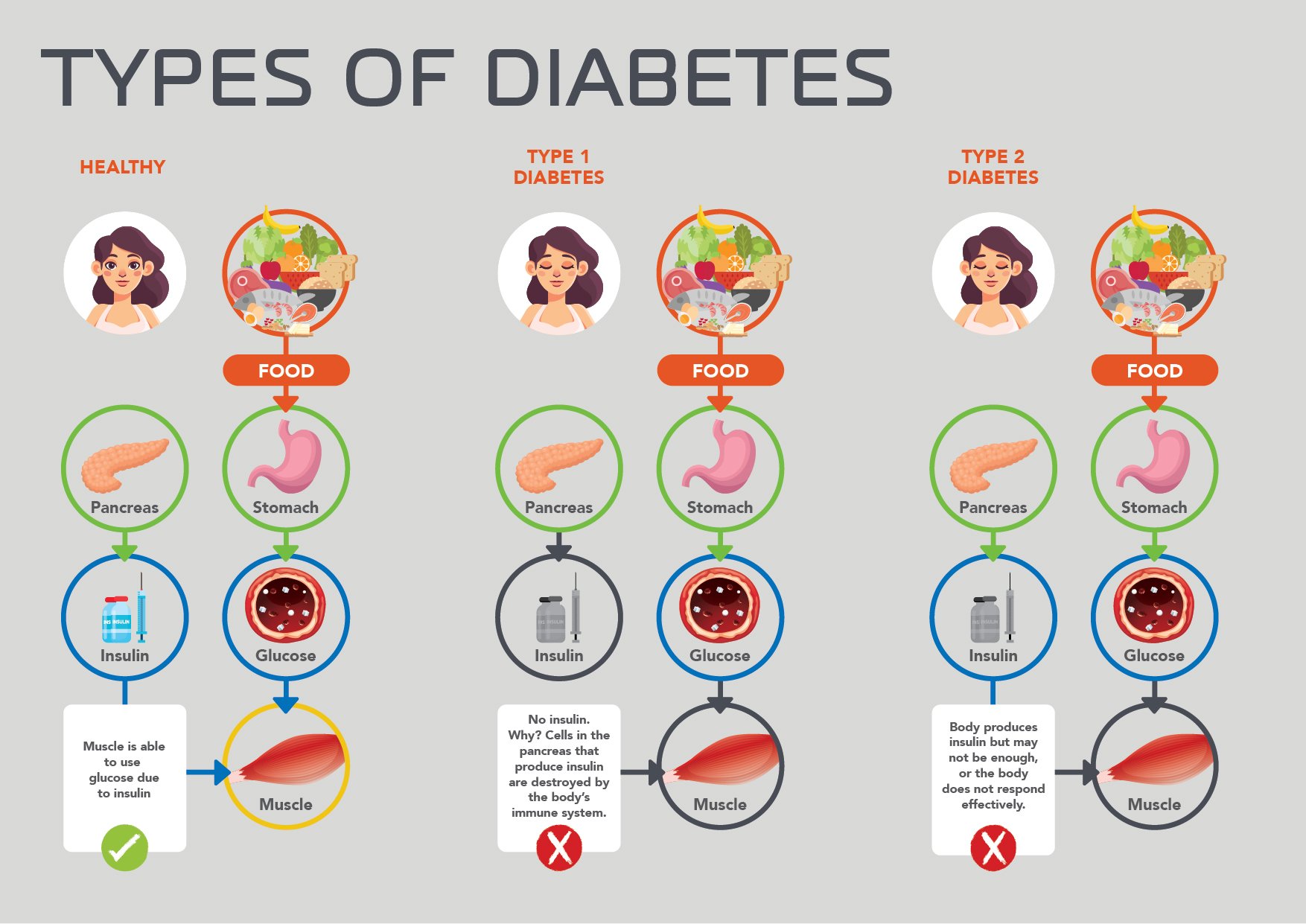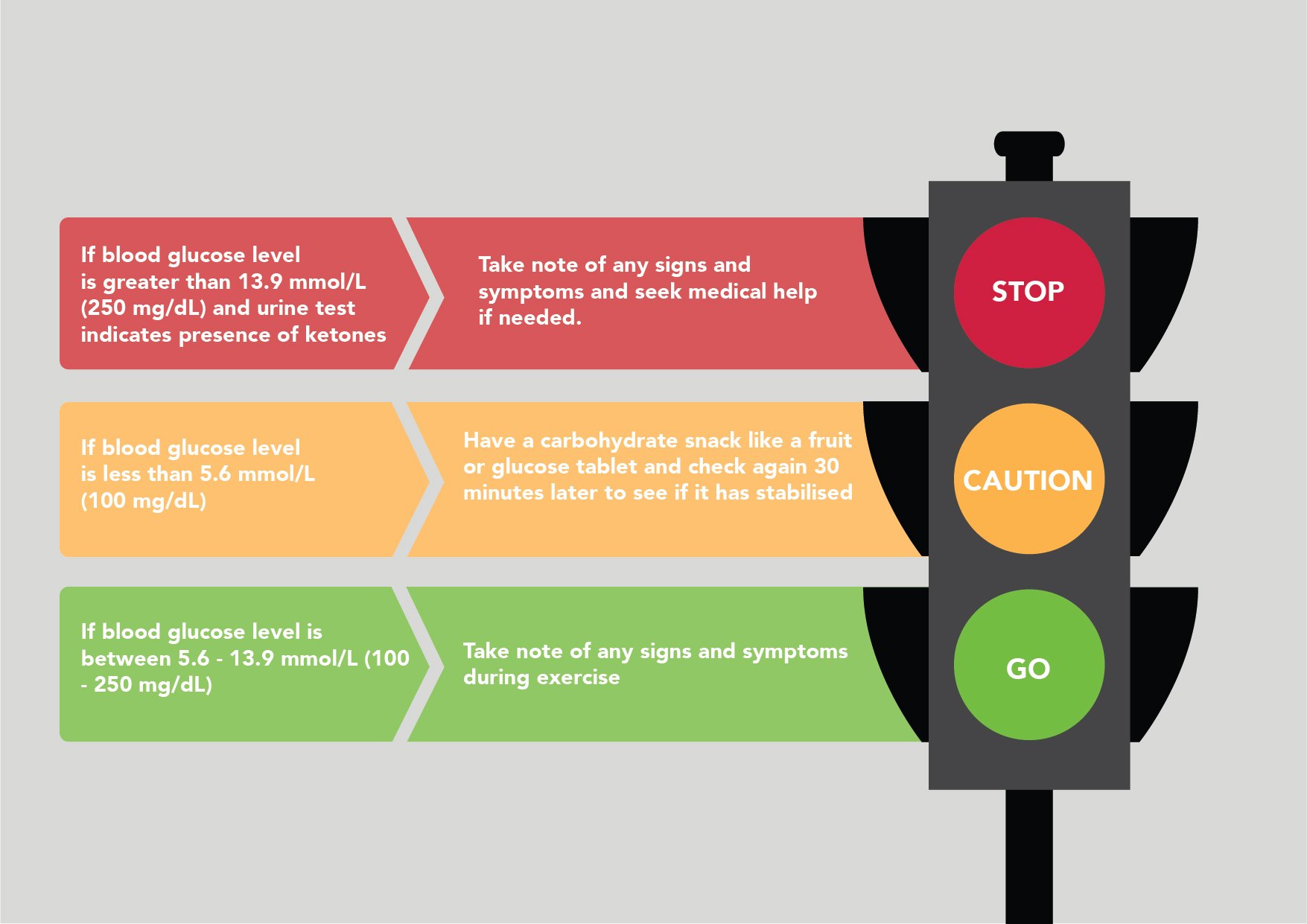
14.2% of Singaporean adults suffer from diabetes. That's 640,400 people. With this number, it is not surprising that in 2015, the International Diabetes Federation (IDF) revealed that Singapore had the second-highest proportion of diabetics among developed nations.
What's even more alarming is that Type 2 diabetes (the more common form of diabetes) can be prevented and managed through lifestyle interventions such as exercising and eating well, yet the rate of diabetic cases is still increasing each year in our country.
The prevalence of diabetes in Singapore is prominent. If you are one of those suffering from diabetes, we have put together a quick guide to help you improve your condition through exercise, one of the most effective tools to manage diabetes.
How exercise can help?
Doctors recommend exercise for people suffering from diabetes, but why?
First off, the diabetic condition is linked to a hormone called insulin, which is the key that allows glucose (sugar) to enter the doors of the cells in the body and to be used as energy. In general, diabetes is a condition where the body's ability to produce or respond to insulin is impaired, resulting in your blood glucose levels being too high.
►TRY: 60 Second Exercises you can do anywhere

Type 1 diabetes (T1D) is the less common form of diabetes as it is usually caused by genetics, diseases of pancreas or diseases that damage the pancreas. Type 2 diabetes (T2D) comes about mainly due to lifestyle issues, such as being obese, having gone through gestational diabetes during pregnancy and being inactive.
Having too high blood glucose levels while your cells are deprived of energy is very dangerous as it can lead to complications such as heart disease, stroke and kidney damage. It can also lead to diabetic ketoacidosis, a condition where the body breaks down fat for fuel since it cannot use glucose for energy. This process produces a build-up of acids in the bloodstream called ketones, causing the blood to be too acidic and damaging to the body.
Research has shown that exercise can help to keep blood glucose levels under control as it increases glucose uptake by muscles, and in addition, it promotes weight loss; two factors that can help to manage T2D condition. Furthermore, exercise helps to control blood glucose levels, improves insulin sensitivity, and maintains good cholesterol levels in those with T1D. But more importantly, it can help to prevent long-term complications as a result of T1D. For example, if blood glucose is not managed well for a prolonged period, it can result in blocked arteries, which can lead to heart attacks.
Exercise recommendations with safety tips

Before beginning any exercise programme, it is important to see a doctor to identify any diabetic-related complications and ascertain your safety. Here are some exercise recommendations and safety tips by Active Health Coach, Mr Munir:
Exercise recommendations
1) The general recommendation of 150 minutes per week of moderate intensity or 75 minutes per week of vigorous aerobic exercise for maintaining health applies to diabetics as well. However, do be extra careful and seek medical advice for higher intensity activities to prevent conditions such as hypoglycaemia and diabetic ketoacidosis. Examples of aerobic exercises include walking, running, cycling, hiking, and swimming.
2) Strength training should be incorporated in your routine too. Strength training consists of exercises that improves strength and endurance, and it includes lifting weights, using resistance bands, and doing bodyweight exercises such as squats, push-ups, and pull-ups.
3) If you prefer to start light and get used to moving more, our mobility and flexibility class might be suitable for you. Every movement counts!
Safety tip
1) Check your blood glucose level at least 30 minutes before exercising. Use the traffic light system below as a guide:
2) Check your blood glucose level immediately after exercising especially for activities of moderate intensity and lasting more than 60 minutes.
3) Bring along a sweet or glucose tablet while exercising in case of a sudden drop in blood glucose.
4) For beginners, it might be a good idea to have an exercise buddy for safety. This can be a great motivational support too!
5) If you are experiencing frequent bouts of low blood glucose and this interferes with your exercise routine, discuss with your doctor or diabetes care team on the best treatment plan for you.
Enough knowledge and effort to change can help to improve your diabetic condition and overall quality of life, and our Active Health team is always here to help.
►Learn more: Join our Exercise and Diabetes workshop series for more exercise and safety tips!




![ActiveSG Academies and Clubs Logo (Solid Colour)[8647]](https://www.activesgcircle.gov.sg/hs-fs/hubfs/ActiveSG%20Circle%202023Theme/images/ActiveSG%20Academies%20and%20Clubs%20Logo%20(Solid%20Colour)%5B8647%5D.png?width=150&height=65&name=ActiveSG%20Academies%20and%20Clubs%20Logo%20(Solid%20Colour)%5B8647%5D.png)



-01.png?width=200&height=141&name=Team%20Singapore%20Logo%20(Red)-01.png)












.jpg?width=250&height=250&name=CQ@Clarke%20Quay%20Poster.jpg%20(400x400px).jpg)
.png?width=250&height=250&name=CCE%2024%20April%20Coaching%20as%20a%20way%20of%20Life%20From%20(400%20x%20400%20px).png)

